Welcome to our comprehensive guide on month-wise operations and maintenance for thriving tamarind orchards! Whether you’re a seasoned orchard owner or just starting, this blog will provide valuable insights and practical tips to ensure the success of your tamarind trees throughout the year. We’ve gathered accurate data and expert knowledge to summarize each month’s essential tasks and best practices, enabling you to optimize your orchard’s growth, yield, and overall health. We’ve covered you, from pruning and fertilization to pest control and irrigation.
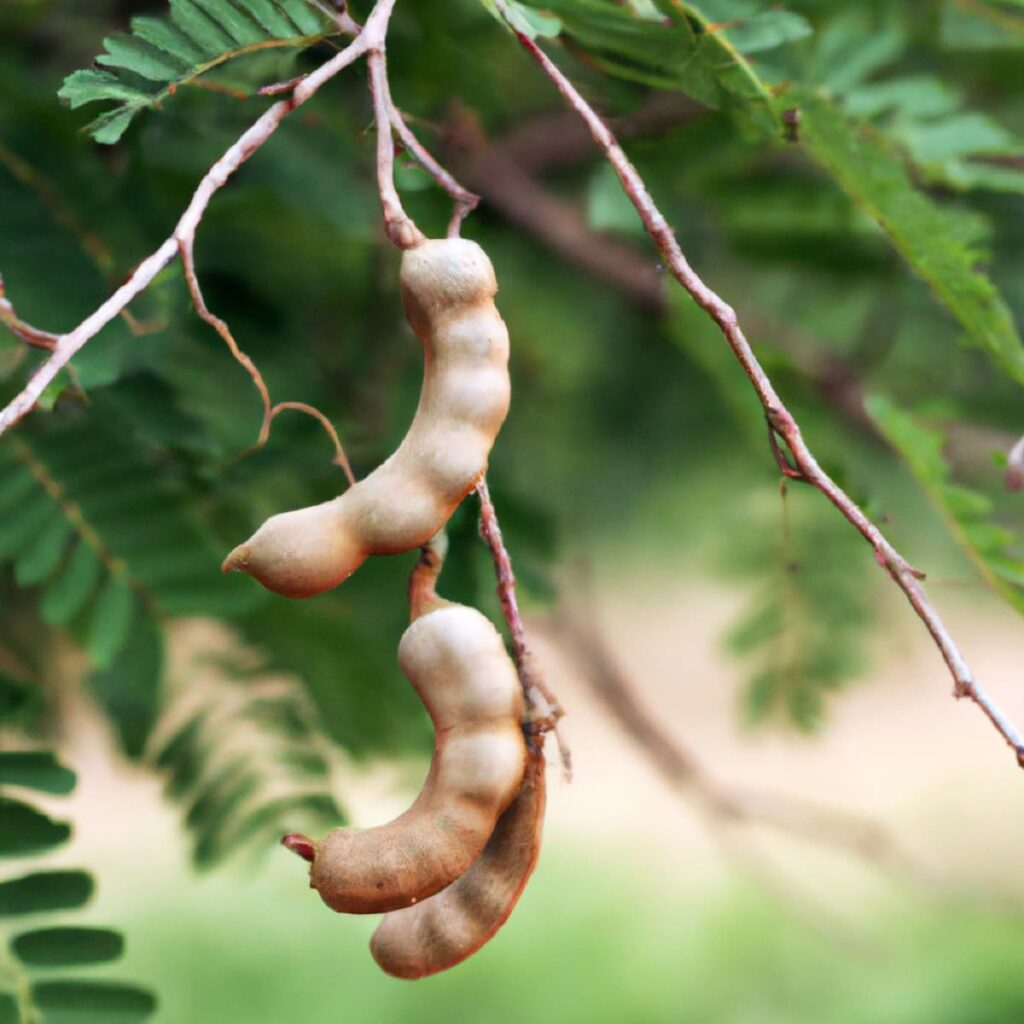
Tamarind Orchard Management
What is Tamarind Farming and its Overview?
Tamarind farming cultivates the tamarind tree (Tamarindus indica), native to tropical Africa and naturalized in Asia. It is a leguminous tree that produces delicious brown, pod-like fruits with a sweet and tangy pulp. These fruits are widely used in various cuisines worldwide and have multiple applications in traditional medicine and metal polishing. The tree’s wood is suitable for woodworking, and tamarind seed oil can be extracted from its seeds.
Tamarind leaves are also utilized in South Indian and Filipino cuisine. Due to its adaptability, tamarind is cultivated worldwide in tropical and subtropical regions. The tamarind tree is a long-lived, medium-sized tree that can reach a height of 25 meters (80 feet) and has an irregular, vase-shaped canopy with dense foliage. It thrives in full sun and exhibits resilience to drought and aerosol salt.
The tamarind tree leaves are bright green, pinnately lobed, and arranged alternately. As the tree matures, its branches hang from a central trunk, often pruned in agriculture for efficient fruit harvesting. The leaves close at night, adding to the tree’s unique characteristics. The tamarind flowers bloom inconspicuously, featuring red and yellow elongated flowers. These flowers, about 2.5 cm (1 inch) wide, are five-petalled and can be found in small racemes.
The fruit of the tamarind tree is an indehiscent legume or pod, measuring around 12 to 15 cm (4+1/2 to 6 inches) in length, with a hard, brown shell. The ripe fruit has a fleshy, juicy, acidic pulp that turns brown or reddish-brown. Asian tamarind varieties have longer pods with multiple seeds, while African and West Indian varieties have shorter pods with fewer seeds. The fruit has a unique sweet and sour taste and is rich in tartaric acid, sugar, B vitamins, and calcium, making it nutritionally valuable.
In case you missed it: Best Practices to Grow Tamarind Trees: Check How this Guide Helps Beginners
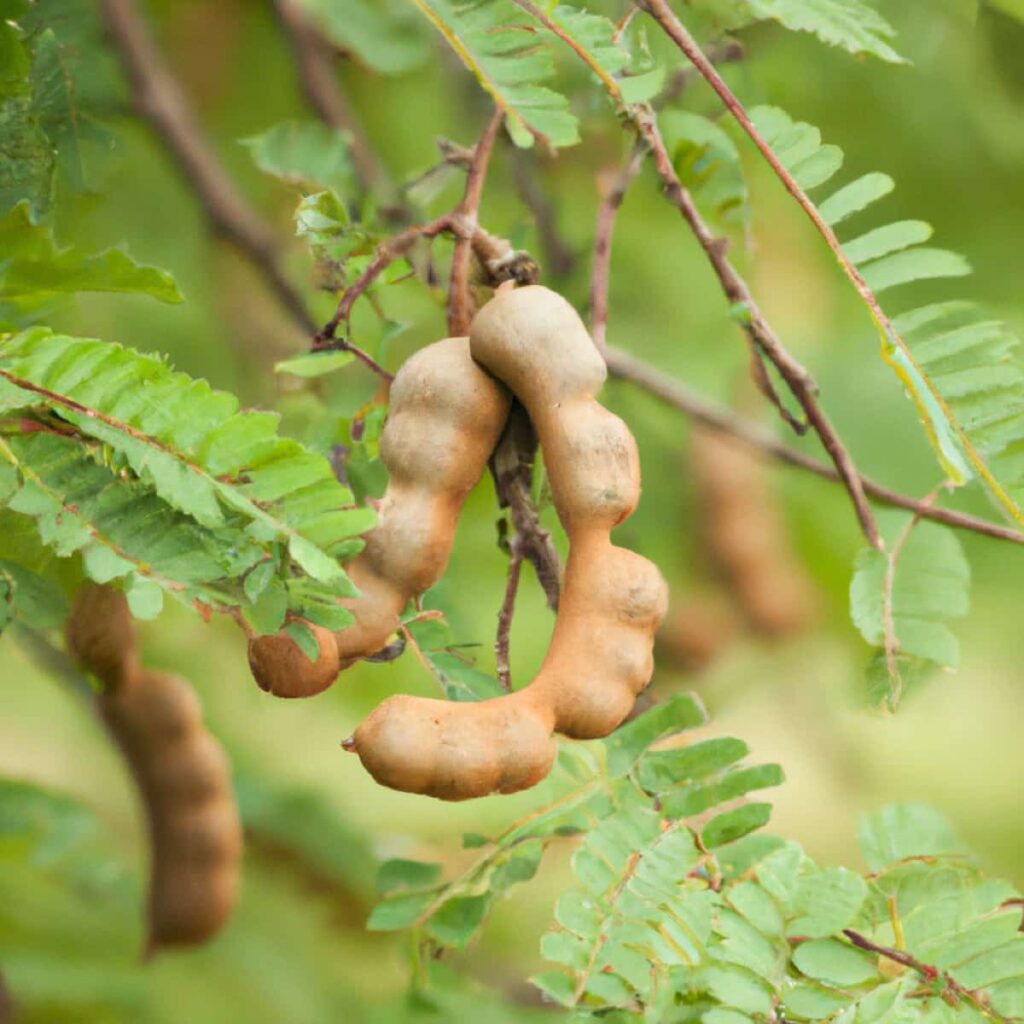
Importance of Month-Wise Planning for Tamarind Orchard Maintenance
Month-wise planning for tamarind orchard maintenance is of utmost importance to ensure the health and productivity of the trees. Each month brings specific tasks and considerations directly impacting the orchard’s overall well-being.
From pruning and fertilization to pest control and irrigation, a well-structured maintenance plan ensures timely interventions and optimal care. By following a month-wise approach, orchard owners can effectively manage the orchard’s needs, maximize yields, and maintain the long-term sustainability of their tamarind orchards.
Best Tips for Growing Tamarind Orchard Maintenance Practices
Tamarind (Tamarindus indica L) is a widely grown fruit tree in India, particularly in states like Tamil Nadu, Maharashtra, Karnataka, Andhra Pradesh, Madhya Pradesh, and Orissa. It is valued for its fruit and timber and is a popular avenue tree providing shade. Tamarind is believed to be native to Tropical Africa but is now cultivated in South East Asia, Australia, and America.
The importance of tamarind lies in its versatile culinary applications. Tamarind fruit is commonly used as a condiment and flavoring agent in Indian cuisine. India alone produces around 2.5 lakh tonnes of tamarind pulp annually, which holds export potential, particularly in European countries.
The pulp has remarkable keeping quality when properly dried and cured with salt. It contains high glucose, D-mannose, and D-maltose levels, contributing to its unique sour taste attributed to tartaric acid, malic acid, and citric acid. Tamarind fruit is also a good phosphorus, calcium, and iron source. Its tender leaves and flowers are edible, and the seeds can serve as a low-cost substitute for cereal starch in the textile industry.
Climatic Requirement
Tamarind trees display adaptability to a wide range of climates, from humid to dry and hot regions. However, they are sensitive to frost. The optimal rainfall requirement for tamarind cultivation ranges from 750-1900mm, but the tree can survive in areas with as low as 500-750mm of annual rainfall. Tamarind can thrive on various soil types, but it prefers deep loamy or alluvial soils that allow for developing its long taproot system.
It can tolerate slightly saline and alkaline soils, expanding its suitability for different agricultural environments. While few well-recognized tamarind varieties exist, some seedling selections have shown promising fruit quality and yield. Notable varieties include Prathisthan from Fruit Research Station, Aurangabad, Tree No 38, located at the College of Agriculture in Pune, and the high-yielding PKM-1 developed by Coimbatore Agricultural University in Tamil Nadu.
Propagation
Seeds commonly propagate tamarind trees but do not breed true to type. The extended juvenile phase of seed-propagated trees results from this genetic heterogeneity. Vegetative methods such as approach grafting, air layering, and budding have proven successful. Vegetative propagation allows for reduced pre-bearing age, uniform growth, and yield. Budding and grafting are particularly effective for establishing tamarind orchards.
In case you missed it: Optimizing Indian Gooseberry/Amla Orchard Management: A Month-by-Month Operation Guide for Maximum Yield
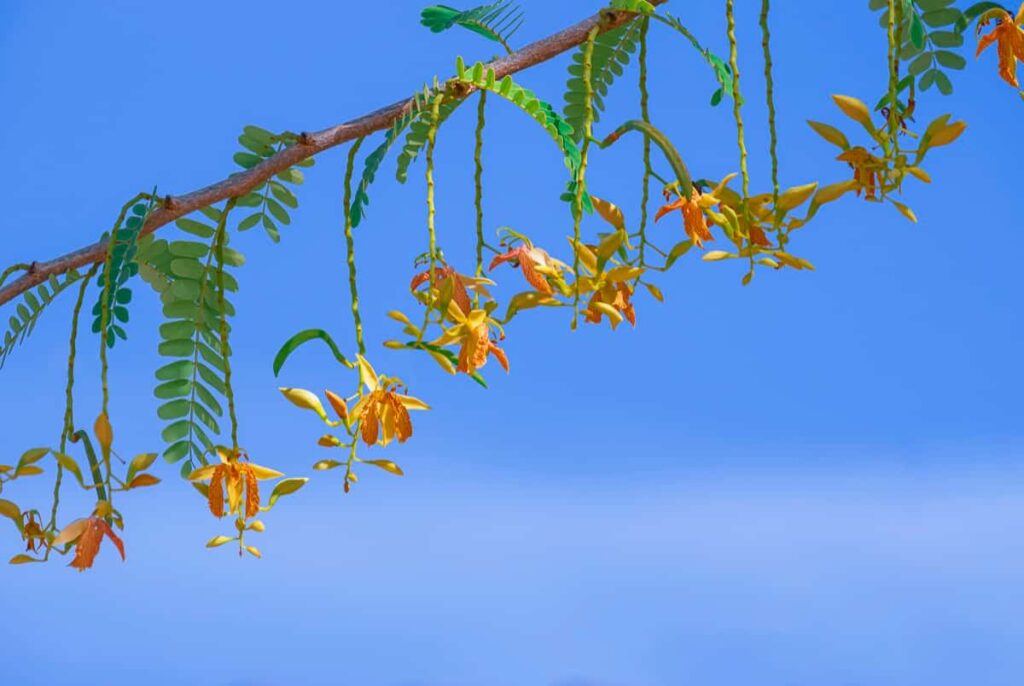
Planting
When planting tamarind trees, providing sufficient space and conducive conditions for developing vigorous taproots is essential. Digging pits of 1 x 1 x 1m during the summer, filling them with a mixture of well-decomposed farmyard manure, topsoil, and fertilizers, and incorporating carbaryl powder to prevent termite problems are recommended. Planting distances can vary depending on soil type, with closer spacing in shallow soils and wider spacing in deep soils. Rootstock seedlings are typically planted during monsoon (June-July) and budded using a patch method with an improved variety’s bud.
Intercultural
Regular intercultural operations like weeding and hoeing are essential for tamarind orchard maintenance. Cover crops such as cowpea or horse gram can be grown during the rainy season to control weeds, prevent soil erosion, and improve soil health. Additionally, intercropping with drumsticks or low-growing vegetables in the initial years can provide early returns.
Young tamarind plants require support with bamboo sticks and irrigation during dry spells, particularly in the first 3-4 years after planting. Training the plants, removing shoots from the rootstock, and pruning weak, diseased, or dried branches are important for proper farm development and plant vigor.
Irrigation
Tamarind is primarily a rainfed crop and does not require regular irrigation. However, young orchards may need irrigation during dry and summer periods to ensure their establishment and growth. Adequate water supply in the early stages can promote faster and better growth.
Plant Protection
Although standardized recommendations for tamarind nutrition are not available, ad hoc guidelines suggest the application of farmyard manure, nitrogen, phosphorus, and potassium based on the tree’s age. For example, a one-year-old tree may receive 10 kg of farmyard manure, 100 g of nitrogen, 50 g of P2O5, and 100 g of K2O, with increasing doses as the tree matures. An additional 500 g of nitrogen can be applied if irrigation is available in September-October.
Plant Protection
Tamarind trees are relatively resistant to pests and diseases, and no serious issues have been reported. These trees have developed a natural resistance, likely due to their semi-wild growth conditions. Consequently, minimal plant protection measures are required. Tamarind fruits are harvested from seed-propagated trees after 7-8 years of planting, while grafted or budded plants may start fruiting in 4-5 years.
Harvesting and Yield
The harvest season typically falls between January and April. The yield depends on soil type, climate, propagation method, and management practices, but a well-managed tree can produce between 300-500 kg of ripe pods.
Post–harvest Handling And Marketing
Post-harvest handling involves spreading the pods on the ground for 6-7 days, removing the shell, seeds, and fibrous material, and collecting the pulp. Properly dried pulp can be stored for 6-12 months. Sometimes, entire tamarind plantations or individual trees are auctioned to traders who manage the harvesting and marketing processes.
In case you missed it: Optimizing Cocoa Orchard Management: A Month-by-Month Garden Maintenance Guide for High Yields and Profit
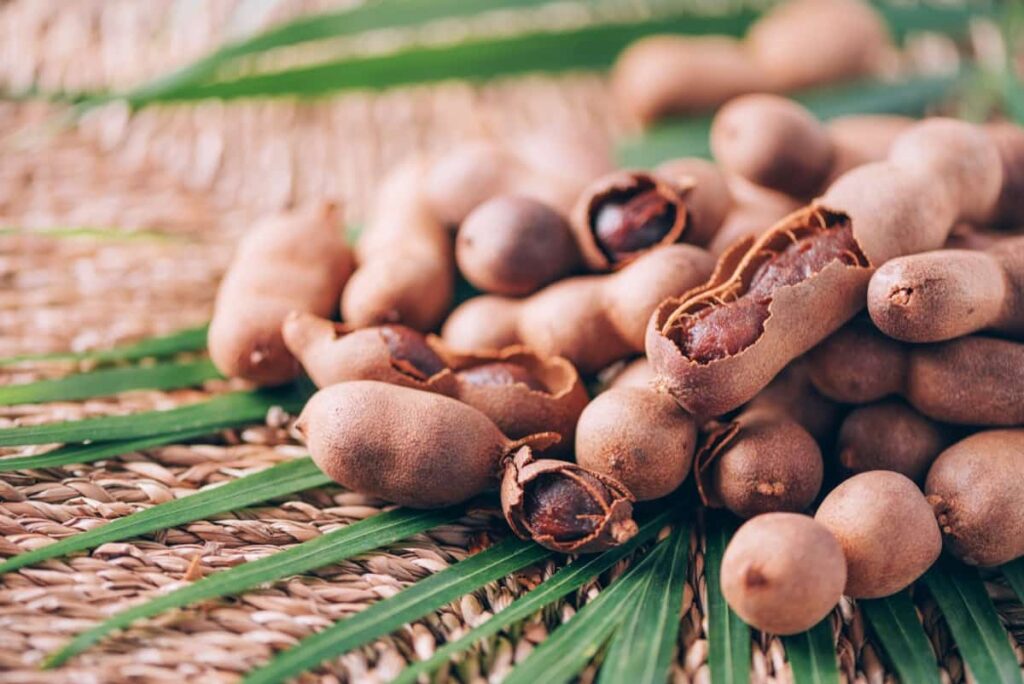
January Month Tamarind Orchard Maintenance Planning
- Light irrigation should be done on a weekly basis.
- Remove shoots infested with mites, leaf miners, and weevils. Use the Trichogramma card at a rate of 50,000 per hectare at the bud stage to control them.
- Apply suitable control measures for termites, especially for small and young tamarind plants.
February Month Tamarind Orchard Maintenance Planning
- Continue with light irrigation and termite management.
- Removing fallen leaves, weeds, and other debris keeps the orchard clean.
- Practice proper irrigation techniques and ensure the plants receive adequate water, especially during dry periods.
- Follow recommended fertilization schedules based on soil and leaf analysis results.
- Implement appropriate pest control measures to prevent infestations and minimize damage.
March Month Tamarind Orchard Maintenance Planning
- If thatches were erected to protect plants from cold waves, remove and shape them through training.
- Turn the soil in basins and thoroughly mix 20 kg of FYM (Farm Yard Manure) and 500 g of Pongamia/neem cake. Provide necessary irrigation.
- Take care of soil testing and leaf analysis for nutrient status evaluation.
April Month Tamarind Orchard Maintenance Planning
- Conduct soil testing to assess the nutrient requirements.
- Perform leaf analysis to determine the nutrient status.
- Start layout and pit digging for new orchards. Open pits and let them sit for 15 days before filling them with a mixture of soil and FYM.
- Provide irrigation as needed.
- Train the remaining plants properly, ensure irrigation, and protect them from hot air (loo).
May Month Tamarind Orchard Maintenance Planning
In May, the focus of maintenance should shift towards orchard establishment. The land should be prepared by deep ploughing, harrowing, and leveling. It is essential to create a gentle slope for proper irrigation and drainage. Planting pits should be dug during summer, and well-decomposed organic matter should be mixed with the soil while filling the pits. Preferably on cloudy days or evenings. Newly planted trees should be irrigated immediately after planting and protected against low temperatures. The recommended spacing for tamarind planting is 10 x 10 meters.
June Month Tamarind Orchard Maintenance Planning
During June, irrigation management becomes crucial for tamarind orchards. Although tamarind trees do not require regular irrigation once established, young plants should be irrigated during the dry season to promote better growth. Techniques such as water harvesting during the rainy season can be employed in arid conditions to facilitate subsequent growth and fruiting. Mulching with organic materials or black polyethylene can help conserve moisture and reduce weed competition.
In case you missed it: Berry Orchard Management: Essential Month-wise Maintenance Guide
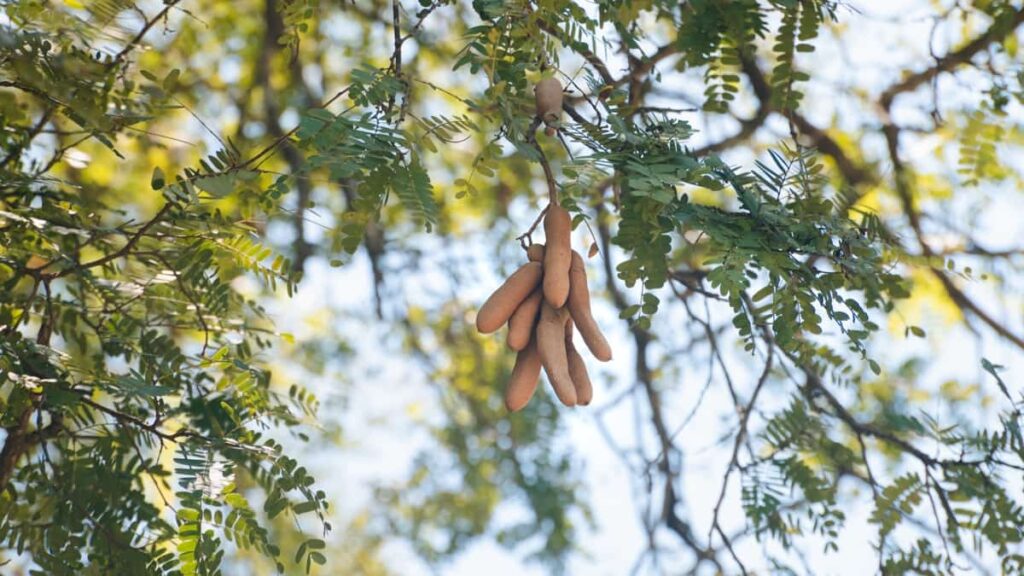
July Month Tamarind Orchard Maintenance Planning
In July, weed management practices should be implemented in the tamarind orchard. Hoeing, hand weeding, and plowing the land 2-3 times a year can effectively suppress weed growth. Intercropping and mulching with rice husk or straw can also help control weeds. Weed management is essential to prevent competition between weeds and tamarind trees.
August Month Tamarind Orchard Maintenance Planning
In May, the focus of maintenance should shift towards orchard establishment. Deep plowing, harrowing, and leveling are required to prepare the land. It is essential to create a gentle slope for proper irrigation and drainage. Planting pits should be dug during summer, and well-decomposed organic matter should be mixed with the soil while filling the pits.
Plant during the rainy season, preferably on cloudy days or evenings. Newly planted trees should be irrigated immediately after planting and protected against low temperatures. The recommended spacing for tamarind planting is 10 x 10 meters.
September Month Tamarind Orchard Maintenance Planning
- Perform orchard ploughing for weed management.
- If copper deficiency is observed, spray copper sulfate at two g/l twice at a 15-day interval.
- Clean the basins and apply mulch.
- Address mite control if necessary.
October Month Tamarind Orchard Maintenance Planning
- Perform orchard ploughing for weed management.
- If copper deficiency is observed, spray copper sulfate at two g/l twice at a 15-day interval.
- Clean the basins and apply mulch.
- Perform orchard ploughing for weed management.
- If copper deficiency is observed, spray copper sulfate at two g/l twice at a 15-day interval.
- Clean the basins and apply mulch.
November Month Tamarind Orchard Maintenance Planning
November is the peak time for fruit development in tamarind orchards. Monitor the fruiting progress and take measures to protect the developing fruits from pests and diseases. Pests like fruit flies, aphids, and mealybugs can infest tamarind fruits. Implement pest control strategies such as using organic pesticides, sticky traps, or pheromone traps to manage pest populations. Regularly inspect the trees for signs of diseases such as powdery mildew, anthracnose, or leaf spot, and apply suitable fungicides if necessary.
In case you missed it: Optimizing Oil Palm Orchard Management with Month-wise Operations for High Yield and Profit
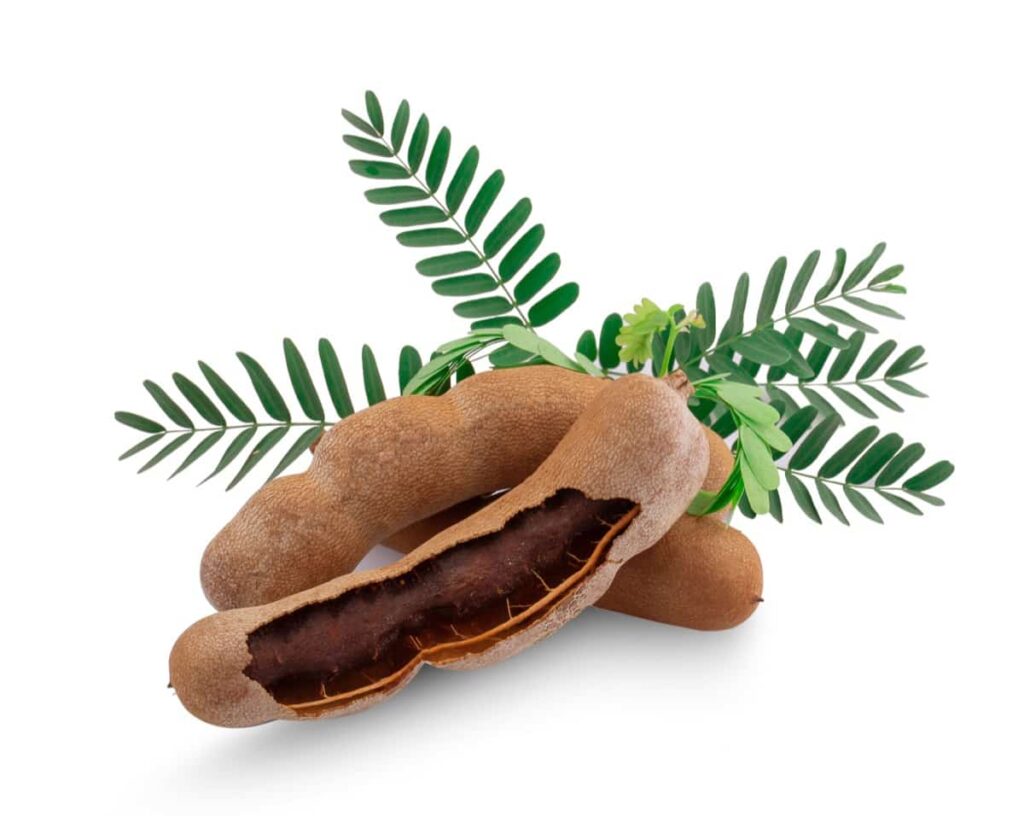
December Month Tamarind Orchard Maintenance Planning
In December, the focus of maintenance shifts towards harvesting and post-harvest practices. Tamarind fruits should be harvested when they are fully mature but still green. Ripe fruits are left on the tree longer to develop sweetness.
Harvesting can be done by hand-picking the fruits or using long poles with harvesting hooks. After harvest, the fruits should be cleaned, and any damaged or diseased fruits should be discarded. Proper storage techniques, such as drying the pulp or processing it into tamarind paste or concentrate, can be employed to extend the shelf life of the fruits.
